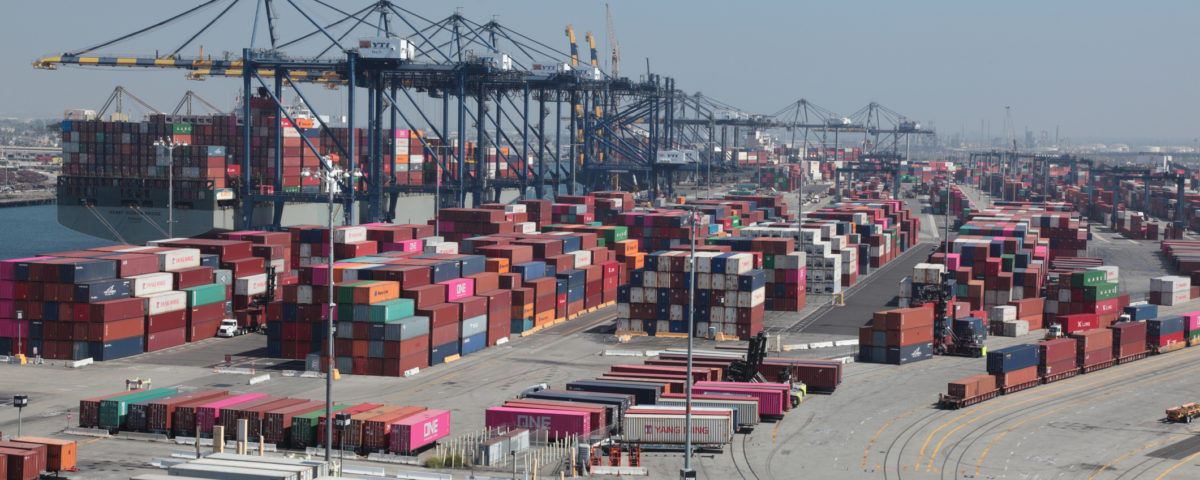
TMS Increases Efficiency and Productivity for all Freight Shipping
January 26, 2021
Performance Plus Global and EPARTRADE Announce A Continuing Partnership
January 26, 2021Congestion at North American Ports Affecting Logistics

The pressure on the North American ports is rising. Many ports have seen record volumes in freight movement, which is causing severe port congestion. The ports have been experiencing a spike in imports since late June 2020. Thus causing bottlenecks that pose risks to the American economy.
Causes for the Congestion
As eCommerce companies began to see sales increasing due to the pandemic, so did the number of imports. Importers are trying to sell as many goods as possible to make up for the import closures last spring.
Another factor that is impacting the import congestion is the decrease in available dockworkers because of COVID-19.
Ripple Effects
Congestion at the marine terminals has a ripple effect on supply logistics. Many containers that arrive at the ports must be then transported to terminals and warehouses. They need chassis for transportation, and ports are experiencing a shortage, creating congestion issues.
The congestion is leaving a limited number of appointment slots at marine terminals for truckers to pick up imports or return empty containers. Docks and warehouses can not unload and move freight fast enough to keep up, causing bottlenecks and backup within the ports.
The average container dwell time at some ports is now five to seven days instead of the typical three to four.
Overall, the congestion challenges are causing delays and service disruptions for many businesses, both importing and exporting.
Southern California Ports
The Los Angeles and Long Beach ports have been stressed with the rapid increase in imports since June. Some problems they have encountered are vessel bunching at the port, congestion at the marine terminals, shortage of operators and chassis, and warehouses at capacity.
The ports have announced initiatives that they will enact to reduce congestion at the terminals currently and moving forward.
New York and New Jersey Ports
The New York and New Jersey ports have been experiencing similar issues as the Southern California ports. These two are the largest US gateways that have been receiving imports of e-commerce merchandise, personal protective equipment (PPE), and home improvement goods during the pandemic.
Looking into 2021
As the growth of imports is continuing into 2021, some congestion and backups could last until the Spring. The arrival of spring and summer merchandise will impact the terminals. There is even talk of the congestion going into peak season that traditionally begins in August.
As COVID-19 rates are still fluctuating, it will further limit warehouse workers and availability which will continue to impact the workflow.
Winter weather conditions have an impact on schedules and freight movement, which will only increase the delays in the first few months of this year.
PPLUS Global Logistics Can Help
PPLUS Global Logistics is keeping abreast of the situation and can help you with your logistics planning. They can help with adjusting your normal shipping options to avoid potential delays in transit times. With over 75 years of combined experience, they understand how to help businesses during winter weather and congestion at the ports.
